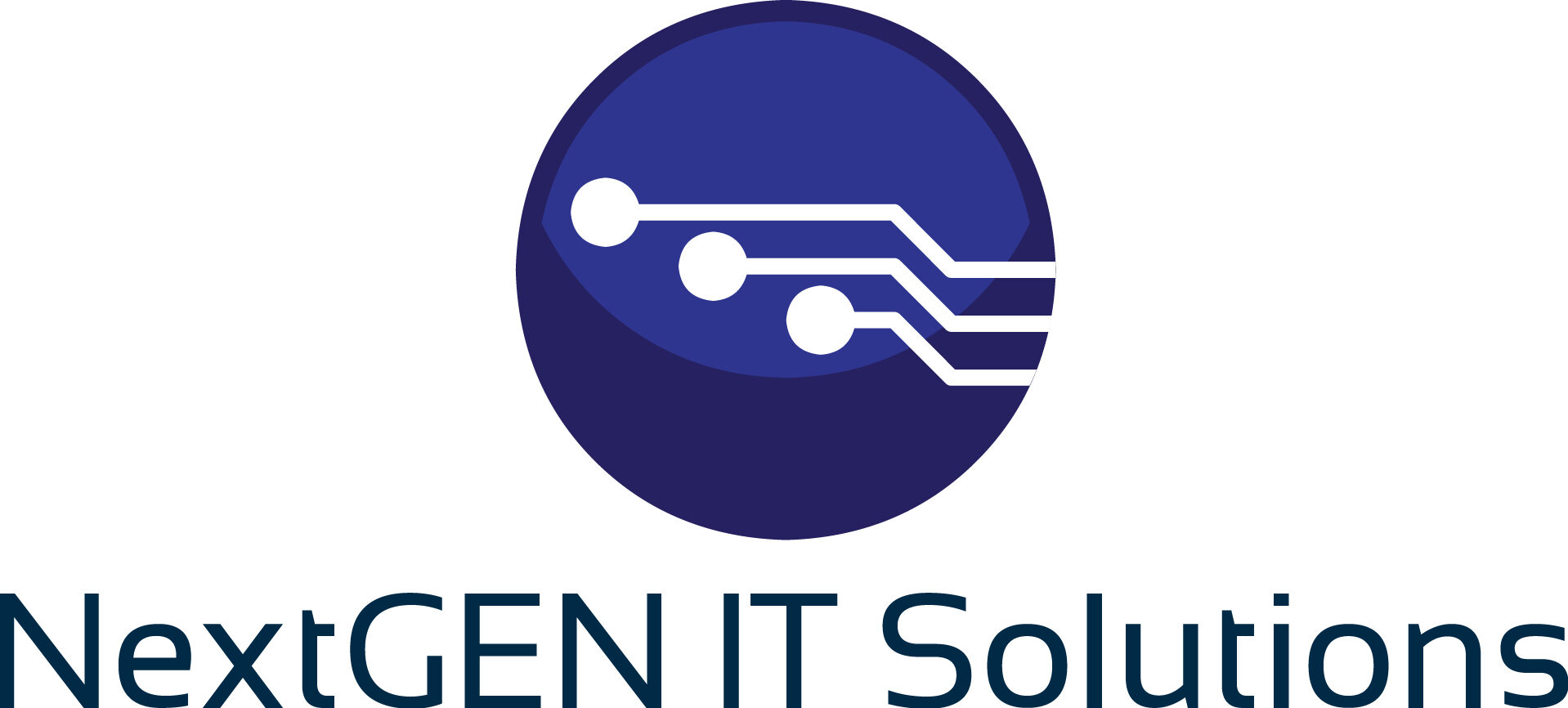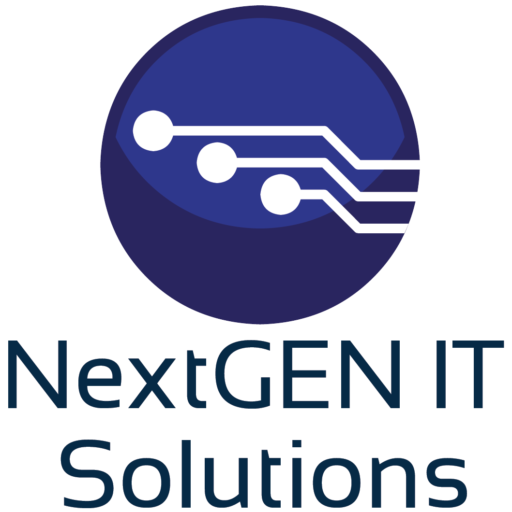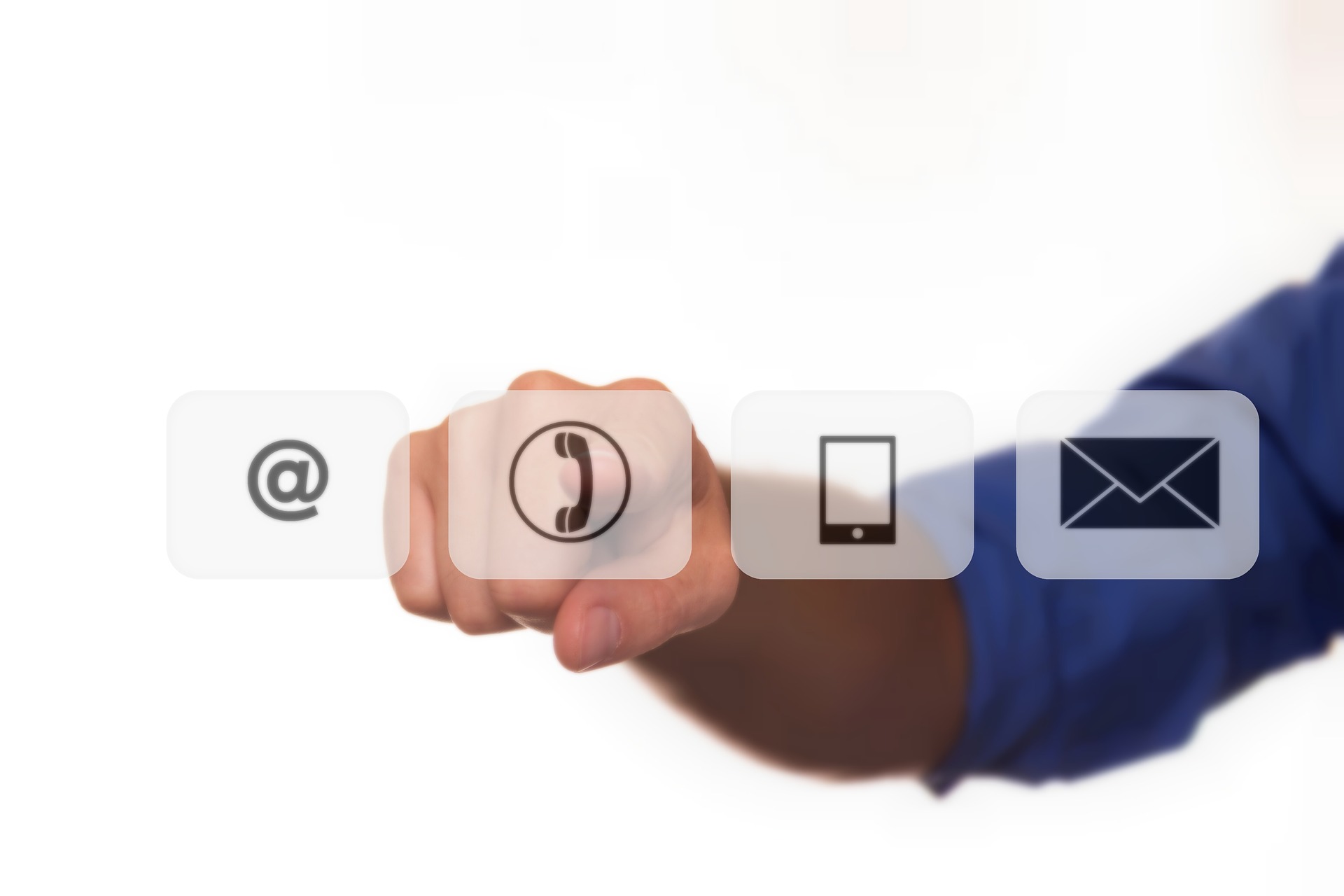What is a PIAB (POTS in a Box), and Why is it Replacing Copper Phone Lines?

In the realm of telecommunications, the landscape is changing rapidly, driven by advancements in technology and evolving consumer needs. One of the most significant transformations involves the decline of copper phone lines, commonly referred to as Plain Old Telephone Service (POTS). These traditional copper lines are giving way to more modern and versatile solutions, such as PIAB (POTS in a Box). This article will delve into what PIAB is, why it’s replacing copper phone lines, and how recent regulatory changes by the Federal Communications Commission (FCC) are accelerating this transition.
Understanding POTS and the Shift to PIAB
The Legacy of POTS refers to the traditional analog telephone service that has been the backbone of voice communication for over a century. It relies on copper wires to transmit voice signals, providing basic telephony services to households and businesses.
Despite its simplicity and reliability, POTS has significant limitations:
- Bandwidth Constraints: POTS lines have a limited capacity for data transmission, supporting only basic voice calls.
- Maintenance Costs: Copper infrastructure is costly to maintain due to corrosion, aging, and susceptibility to environmental factors.
- Limited Features: POTS lacks advanced features that modern digital communication systems offer, such as video calls and integrated messaging.
What is PIAB (POTS in a Box)?
PIAB, or POTS in a Box, is a solution that emulates traditional POTS services using modern digital technology. It provides the same analog voice service over broadband or cellular networks, offering a seamless transition for businesses and individuals moving away from copper phone lines.
Key Features of PIAB:
- Analog to Digital Conversion: Converts traditional analog phone signals to digital, enabling communication over IP networks.
- Network Agnostic: Can connect via broadband (DSL, cable, fiber) or cellular (4G LTE, 5G) networks.
- Power Resilience: Offers battery backup to ensure continued operation during power outages.
- Compatibility: Works with existing analog devices, including phones, fax machines, alarm systems, and medical alert devices.
- Cost-Effective: Reduces costs associated with maintaining copper lines and offers more flexible billing models.
Why PIAB is Replacing Copper Phone Lines?
The transition from copper phone lines to PIAB solutions is driven by several factors, including technological advancements, economic considerations, and regulatory changes.
Technological Advancements
- Digital Network Efficiency: Modern digital networks, including fiber optic and cellular, offer greater efficiency and capacity than copper lines. They support high-quality voice, data, and multimedia communication.
- Unified Communication Platforms: PIAB enables seamless integration with unified communication platforms, providing features like VoIP, video conferencing, and messaging.
- Scalability and Flexibility: Digital networks and PIAB solutions offer scalability and flexibility, allowing businesses to adjust services based on demand.
Economic Considerations
- Maintenance Costs: Maintaining copper infrastructure is expensive due to aging lines and susceptibility to environmental factors. Transitioning to digital networks reduces these costs significantly.
- Service Affordability: PIAB provides more affordable and predictable pricing models compared to traditional POTS services.
- Reduced Downtime: Digital networks and PIAB solutions are less prone to outages, reducing downtime and improving business continuity.
Regulatory Changes by the FCC
The Federal Communications Commission (FCC) has recognized the limitations of POTS and is encouraging the transition to modern communication systems.
- FCC’s Technology Transitions Order: In 2016, the FCC adopted rules that allow telecom companies to discontinue copper-based POTS services if they provide a suitable alternative. The order acknowledges that copper lines are outdated and expensive to maintain, emphasizing the need to transition to more reliable and efficient technologies.
- Rural Call Completion: The FCC has also focused on improving call quality in rural areas. Digital networks, such as those used by PIAB, offer better quality and reliability than copper lines in these regions.
- Universal Service Fund (USF) Reforms: The FCC has reformed the USF to prioritize broadband deployment, indirectly encouraging the replacement of copper lines with broadband-based communication solutions like PIAB.
How PIAB Works
PIAB solutions are designed to be straightforward and user-friendly. Here’s a step-by-step look at how they work:
- Setup and Installation: The PIAB device connects to the customer’s existing analog phones, fax machines, or other devices. It also connects to a broadband or cellular network.
- Analog to Digital Conversion: The device converts analog voice signals to digital packets for transmission over the broadband or cellular network.
- Network Transmission: Voice packets are transmitted over the digital network to the service provider’s infrastructure, where they are routed to their destination.
- Digital to Analog Conversion: At the receiving end, the digital packets are converted back to analog signals and delivered to the recipient’s phone.
Benefits of PIAB
- Enhanced Features: Supports advanced features like caller ID, call forwarding, voicemail, and integration with unified communication platforms.
- Reliability and Redundancy: Offers multiple network options (broadband and cellular), ensuring continuous service even during network outages.
- Power Backup: Built-in battery backup provides hours of operation during power failures.
- Scalability: Easily scales to accommodate the communication needs of growing businesses.
- Compliance: Meets regulatory requirements for emergency services and supports legacy devices like fax machines and alarms.
Applications of PIAB
- Businesses: Small to large enterprises can use PIAB to maintain their existing analog devices while enjoying the benefits of digital networks.
- Healthcare Facilities: Hospitals and clinics can use PIAB to support medical alert systems, ensuring reliable communication during emergencies.
- Security Systems: Alarm systems can be integrated with PIAB for uninterrupted monitoring.
- Rural Areas: Provides reliable communication in rural areas where broadband connectivity is limited.
The Future of PIAB
The telecommunications industry is moving toward a future dominated by digital networks and IP-based communication. PIAB represents a bridge between the legacy POTS infrastructure and modern communication systems, offering businesses and individuals a seamless transition.
As the FCC continues to allow telecom companies to discontinue traditional copper lines, the adoption of PIAB is expected to accelerate. With its enhanced features, cost-effectiveness, and network flexibility, PIAB is poised to become the new standard for voice communication in a world where traditional POTS is gradually phased out.
In summary, PIAB (POTS in a Box) is not just a technological advancement; it’s a necessary evolution in telecommunications, offering a more reliable, scalable, and feature-rich alternative to outdated copper phone lines. As businesses and individuals continue to recognize the benefits of PIAB, it will undoubtedly play a pivotal role in shaping the future of voice communication.



